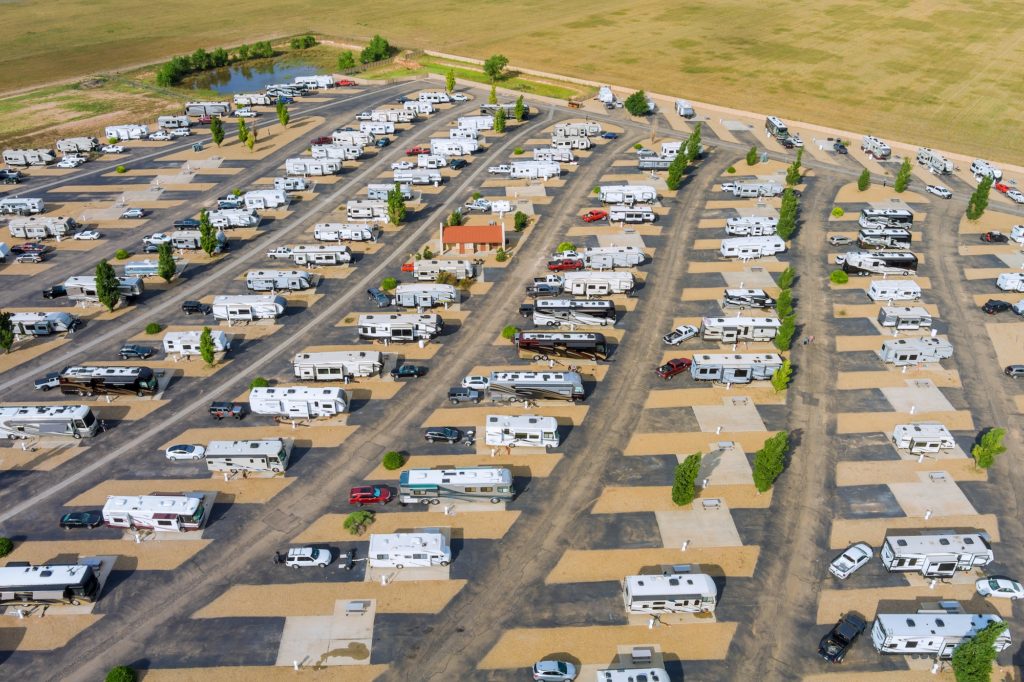Ben Graham taught value investing as buying businesses below their liquidation value. Ben’s best student is a guy named Warren Buffett. Warren bought as Ben taught for many years and then Charlie Munger influenced a pivotal change. Charlie added “good” to Warren’s “cheap” mentality.
Warren stresses the importance of good and cheap. Others like Joel Greenblatt have proven this strategy through time-tested market research. Good means an asset can generate a high return on tangible capital. Cheap means that an asset is inexpensive when compared to comparable assets or other investment options. “Good and cheap” are essential elements of my investment decisions.
For example, I purchased a good industrial building in Seabrook, TX. It was purchased for $67.27 per square foot. Market research told me that net rent for the building was $11 per square foot annually. That is a 16% unlevered yield on tangible capital. In commercial real estate, a 16% capitalization rate is unheard of in today’s environment. I exited the building at about a 7.5% cap rate and did very well.
I also purchased an office building in Duluth, MN that qualifies as good. At about $20 per square foot in cost basis, the net rent of $8 per square foot annually equates to a 40% unlevered yield. Again, a 40% capitalization rate is unheard of in today’s investment environment.
As I refine my thoughts on “good,” I am currently focused on high potential net rent as a percentage of tangible capital. Tangible capital is simplified in my mind by calculating the cost basis per square foot. For instance, for every $10 in cost basis per unit of measurement, I think I’d like to see potential net rent of $1.50 per year, or a pro forma 15% cap rate. That being said, it is sensible to dip below that goal in today’s low cap rate environment.
Cheap is more fluid in my mind. The obvious definition of cheap is a high cap rate relative to comparable properties. If the typical long-term leased medical office building sells for a 7% cap rate, then acquiring one at an 8.5% cap rate seems cheap. However, cheap may have other meanings. Cheap may also mean low purchase price per square foot. Buying something well below replacement cost may qualify as cheap. Niches may be cheap as well. For instance, if RV parks sell for an average of a 10% cap rate when apartments sell for an average of 6.5% cap rate, then perhaps the RV park niche is cheap.
In summary, good means an asset can generate high returns on tangible capital. Cheap may mean an asset is mis-priced compared to comparable assets, it trades below replacement value, or it is in a niche that is less expensive than other investment strategies.





